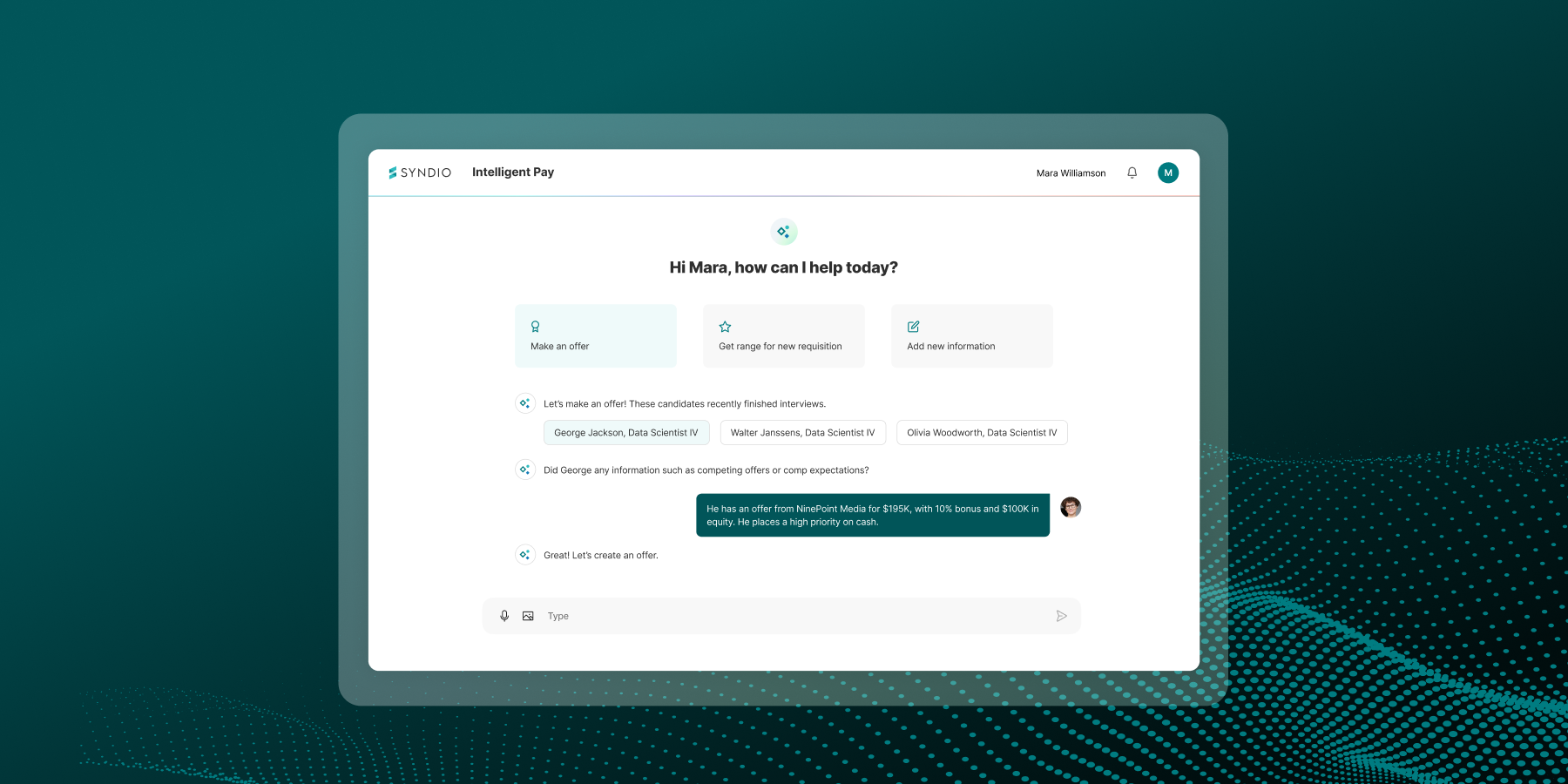If you’re an enterprise organization, your team has probably done an internal pay equity analysis at least once. According to World at Work, 73% of businesses analyzed pay equity in 2020, up from 64% in 2019 (although only 60% are currently taking action on making impactful changes). With a steady drumbeat of new pay equity legislation at the state level, the Biden administration’s vocal commitment to pay equity, expansive new laws abroad, and increasing calls for pay transparency, it’s no wonder the vast majority of organizations are taking a look.
But, how often should companies analyze internal pay equity? Is once a year enough? Too much? To answer these questions, it’s important to consider the math as well as legislative and employee trends.
The longer you wait, the pricier pay inequity becomes
A stitch in time saves nine, or so the saying goes. In other words, if you fix a problem sooner, the problems will be smaller (and naturally easier to fix). This is exactly how enterprises should be thinking about pay equity.
According to Gartner, for every year the average business (defined as 10K employees with an average salary of $50K) waits to resolve pay inequities, they’ll pay an extra $439,000. The number only increases as you look at bigger organizations. Because percentage-based pay increases lead to compounding, so pay gaps based on gender or race only get bigger the longer you wait to address them. Being in compliance means that, at some point, you will need to pay to close them. And when companies inevitably need to implement fair salary structures, those that waited will face an even larger financial burden.
What you can do: remediate once a year or more
Increase the frequency of your internal pay equity analyses and remediation. If you’re only remediating every other year, move to yearly. If you’re remediating yearly, consider doing so quarterly — or every time there’s a shift in your organization like a reorganization, merger, acquisition, or hiring spree. The more frequently you resolve pay gaps, the smaller they will be.
New pay equity laws
There’s a trend in pay equity: more legislation. Not only are individual U.S. states — including California, Colorado, and most recently Illinois — developing more expansive pay equity legislation, the U.S. federal government and the E.U. are proposing new laws as well.
What you can do: analyze proactively
Don’t want to be caught off guard by changing laws? The best approach is to be proactive. Instead of doing one-off analyses every once in a while, establish an always-on view of where you stand on pay equity.
We talked to one Human Resources (HR) leader at a global enterprise who put it this way: “We see a lot of value in always knowing where we stand on pay equity. When new pay equity legislation came out in Switzerland last year, for example, we weren’t scrambling to prepare because we already had a robust view of where we stood on pay equity. It was easy to provide the information they were asking for.”
To establish this ongoing view of pay equity, enterprises are turning to pay equity software-as-a-service (SaaS). SaaS analyses can easily be run as frequently as you want, so you can have a fresh view of pay equity every day, not just once a year (or even less in some cases). This lets you track pay equity as your organization changes throughout the year due to hiring, promotions, employee churn, and more. Plus, it prepares you to comply with any new legislation that may affect your organization.
More tough pay equity questions from employees
High profile pay equity lawsuits (e.g. U.S. Women’s Soccer Team) have put a spotlight on pay equity. Pay transparency is increasingly top of mind for employees, who are consuming crowdsourced compensation data from companies like Glassdoor, and sharing salary data in spreadsheets to get to the bottom of how they’re paid compared to their peers. In many U.S. states and abroad it’s now illegal to prohibit or retaliate against them for doing so. Unfortunately, most of this data is incomplete, inaccurate, and lacks context, leading to dangerous misconceptions.
All of this is leading to tough questions — and complaints — from employees that many managers, compensation leaders, and HR generalists are not prepared to address.
What you can do: proactively prepare to communicate at any time
The answer is to not only resolve gaps frequently and establish an always-on view of pay equity, but to be ready to dialogue with employees as questions arise. The only way you can do that well is with current data and consistent analyses that give you the ability to explain pay equity to employees.
As Kate Woodward, Senior Labor and Employment Counsel at GE Healthcare advised in our recent Fairness at Work webinar about pay equity transparency best practices: “If they [employees] don’t have context, there’s a lot of room for misconceptions or assumptions that something negative is going on. So it’s important that we have a dialogue and share what we can about why people are paid what they’re paid.”
Woodward went on to say, “We are in a fast-paced world. Employees move in and out of jobs all the time. So your data is constantly changing. Make sure you have your arms around your data and have a way to look at it that’s meaningful, such as through the Syndio tool {pay equity software}… to answer questions in a meaningful way.”
By proactively sharing pay equity information and answering employee questions as they arise, complaints can be nipped in the bud before they become lawsuits and employee trust and satisfaction improve.
Frequently is better; always-on is best
Some organizations think there’s risk in looking at pay equity at all. This couldn’t be farther from the truth. The less often you look at pay equity, the more it will cost you, the greater your legal risk, and the less able you will be to explain pay internally, address complaints, and build trust.
Leading brands always know where they stand on pay equity.
Lead the way in fair pay
Need help going from one-off pay equity analyses to an always-on view of fair pay? Check out our pay equity analysis software, PayEQ.



